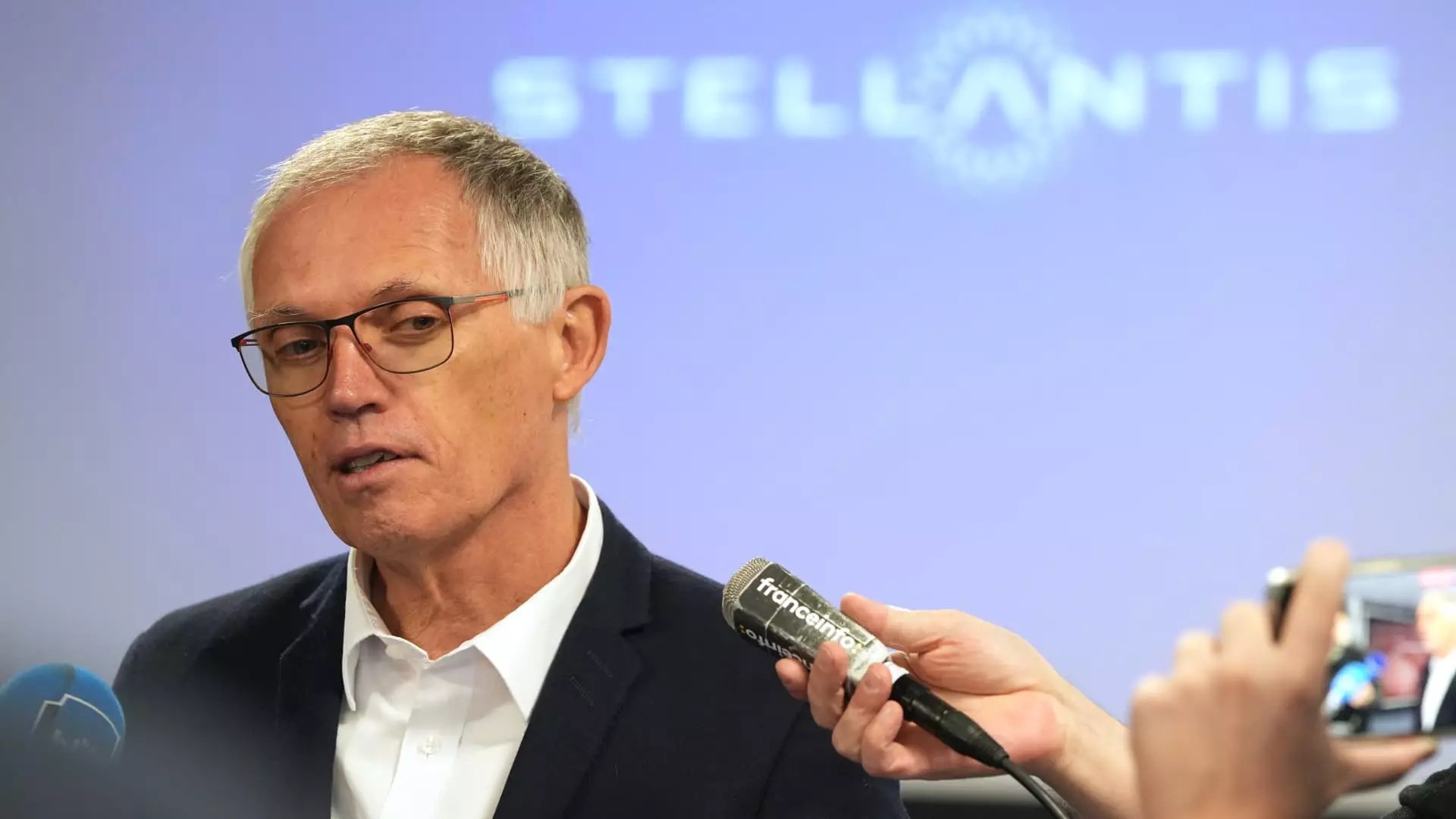In an alarming turn of events for the American auto industry, Stellantis, one of the major trans-Atlantic automakers, has initiated legal action against the United Auto Workers (UAW) and a specific local chapter in California. This conflict arises amid growing tensions between the company and its labor union, highlighting broader concerns related to labor relations in the automotive sector. The lawsuit emerges as Stellantis grapples with allegations from the UAW regarding its adherence to contractual commitments established in late 2022. The affairs have escalated to the point where the company claims that an impending strike authorization vote from UAW members could inflict substantial revenue losses and production disruptions.
The legal announcement was communicated to Stellantis employees in an internal memorandum from senior vice president of North America human resources, Tobin Williams. The company’s move to sue stems from a vote at its Los Angeles Parts Distribution Center, where a significant majority of UAW members expressed their readiness to strike if negotiations fail. This action reflects a broader trend within labor unions facing persistent challenges from management over contractual issues, leading to increased activism among workers. In many ways, the UAW’s potential strike represents a last resort for workers seeking parity and respect in an industry characterized by fluctuating market dynamics and corporate restructuring.
The lawsuit aims to hold both the UAW International and the local California chapter accountable for what Stellantis describes as revenue losses tied to an unlawful strike, reinforcing the company’s stance that it retains the rightful authority to adjust operational plans based on market conditions. This argument, however, has been met with skepticism and defiance from UAW leaders, who maintain that Stellantis is the party in breach of contract and thus should not pursue legal recourse.
UAW President Shawn Fain has vehemently condemned Stellantis’ actions as desperate measures from management that lacks control over its labor relations. Fain’s defense of the union’s position underscores a commitment to workers’ rights, defining the lawsuit as a tactic intended to sow fear among union members. His rhetoric evokes a sense of empowerment, encouraging members to stand firm against what he describes as intimidation tactics from Stellantis. This reflects a persistent narrative within labor movements—a theme of straining against corporate dominance that resonates with union members across various sectors.
Moreover, the union’s stance emphasizes a will to strike if necessary as a legitimate response to what they perceive as Stellantis’ failures to meet previously agreed-upon obligations. The backdrop of this non-compliance includes reductions in plant operations and layoffs, painting a picture of an automaker attempting to navigate a volatile market at the expense of its workforce.
The Stellantis-UAW conflict carries significant implications, not just for the two entities involved, but also for the wider automotive industry. Labor relations, often seen as a microcosm of larger economic trends, can directly influence company fortunes and the overarching health of the industry. A successful strike by the UAW could set a precedent for labor negotiations across other manufacturers, potentially galvanizing movements within other unions facing similar circumstances.
Additionally, the ongoing legal strife could deter potential investments in the company, as stakeholders generally seek stability and foresight in labor relations before committing capital. Stellantis, in invoking “Letter 311″—a document outlining conditional future investments—has signaled its intent to navigate through this turbulence by adjusting its strategies based on the internal crises it faces. However, it risks alienating a workforce vital to its production agenda.
As the lawsuit unfolds in the U.S. District Court, all eyes in the automotive sector will be keenly observing the fallout from this confrontation. The outcome will likely influence not only Stellantis’ operational maneuvers but may also serve as a litmus test for labor relations in an era defined by rapid change and economic uncertainty. The actions taken by both Stellantis and the UAW could redefine the landscape of labor negotiation tactics, setting benchmarks that will either fortify or challenge the existing structural dynamics between labor and management within the automobile industry. Thus, the unfolding events at Stellantis reflect a pivotal chapter in the ongoing narrative of labor rights, mutual respect, and the economic realities shaping the future of work.


Leave a Reply